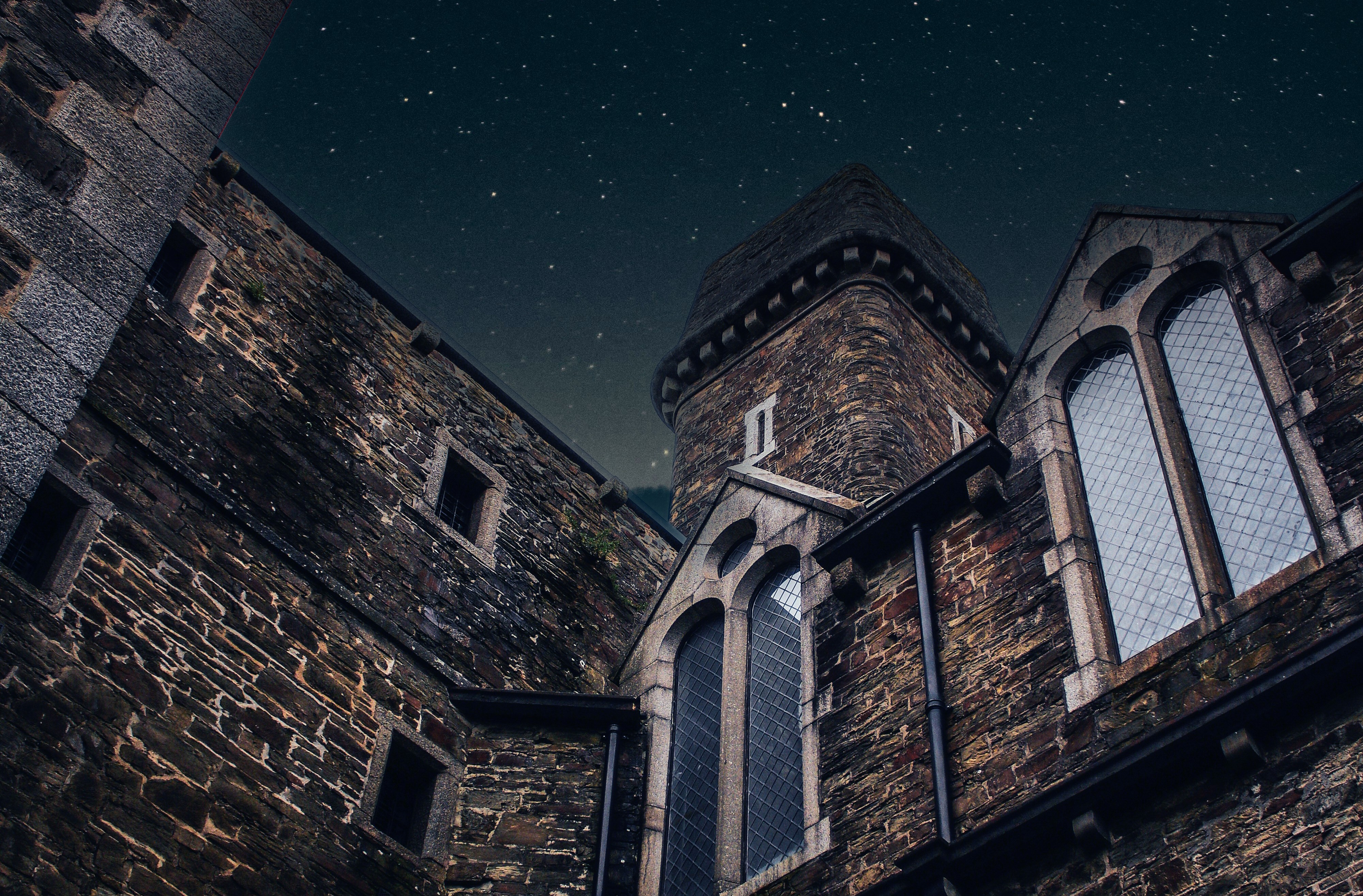As we were putting the finishing touches on our latest client testimonial for the brilliant Bodmin Jail Attraction this week, it sparked a conversation in the office. Reflecting on how the Jail has been transformed into a world-class immersive experience, we started discussing the unique digital challenges and opportunities facing the UK's historical venues.
It got us thinking: in an era of constant connectivity, what does a heritage site truly need from its website to thrive? The challenge is fascinating: how do you faithfully represent centuries of history on a platform built for the ultra-modern, mobile-first world?
At LOOP, we've had the privilege of tackling this question alongside some of the nation's most cherished destinations. Our experience working with clients as diverse as the immersive Bodmin Jail, the prestigious Guards Museum, the awe-inspiring Haynes Motor Museum, the expansive Chester House Estate, the magical Lost Gardens of Heligan, and the enchanting Watermouth Castle has given us a clear insight. We’ve learned that a modern website is no longer a mere accessory; it's a dynamic hub, a virtual welcome mat, and often, the first point of contact for visitors.
Here are the five critical pillars of a successful heritage site website, designed for today's connected audience:
1. The Indispensable 'Plan Your Visit' Hub: Seamless Practicality
First impressions count, and for many, that first impression will be your website. If a user cannot quickly and easily find practical information, the website has failed its most basic function. This section isn't just a page; it's the nerve centre of logistical clarity, built for convenience and accessibility.
- Crystal-Clear Logistics: Prominently display opening times (with all those seasonal quirks and holiday exceptions), ticket prices, and booking options. Make online booking intuitive and mobile-optimised.
- Effortless Navigation: Provide precise physical addresses, postcodes for GPS, and embedded, interactive maps. Go beyond simple directions by including advice for various modes of transport (car, public transport, cycling) along with crucial parking information.
- Comprehensive Accessibility: This is non-negotiable. A dedicated, detailed section outlining physical accessibility (ramps, lifts, accessible toilets, quiet spaces) is vital. But also consider digital accessibility – ensuring the website itself is navigable for users with visual, auditory, or cognitive impairments. This inclusivity builds trust and broadens your audience significantly.
2. Compelling Digital Storytelling: Igniting Curiosity
A heritage site is fundamentally a story waiting to be told. Your website’s most powerful role is to be a master storyteller, transforming casual browsers into captivated potential visitors. This is where history meets cutting-edge digital engagement.
- Evocative Narratives: Move beyond dry historical facts. Use rich, evocative language to explain the site's significance, its pivotal figures, and its enduring impact. Why should someone care about this place? Tell that story passionately.
- Visually Stunning Media: Invest in professional-grade photography and videography. Showcase breathtaking galleries of the site, drone footage that reveals its scale and context, and short, engaging videos of curators explaining artefacts. An interactive 360-degree virtual tour can be a powerful teaser for an in-person visit.
- Curated Digital Collections & Exhibits: Bring your collection online. High-resolution images of key artefacts, virtual exhibitions, and digital archives provide immense value. This allows those unable to visit to still engage and offers a deeper dive for those planning a trip.
3. A Dynamic Hub for Events & Engagement: Keeping History Alive
A static website suggests a dormant site. To encourage repeat visits, both online and physical, your website must pulse with current activity, demonstrating that your heritage site is a vibrant, living entity.
- Interactive Event Calendar: An easy-to-navigate, filterable calendar showcasing all upcoming public events: guided tours, lectures, workshops, and special exhibitions. Each listing should have clear dates, times, booking links, and pricing.
- Fresh News & Blog Content: A constantly updated blog or news section is crucial for SEO and sustained engagement. Share behind-the-scenes glimpses of conservation work, new discoveries, or staff interviews. This gives people a reason to keep returning to your site.
4. Clear Pathways for Support: Fostering Community & Sustainability
Many heritage sites rely on public generosity. Your website is an invaluable tool for fundraising, community building, and ensuring the site's long-term sustainability. Make it incredibly easy for people to contribute.
- Intuitive Donation & Membership Options: Prominent, secure and user-friendly calls to action for donations. Clearly articulate how contributions directly impact the site's preservation. Provide compelling reasons to become a member, outlining benefits and exclusive access.
- Engaging Volunteering Opportunities: A dedicated section detailing how individuals can offer their time and skills, explaining the roles available, and providing a straightforward application process.
5. Future-Proof Design: Mobile-First, Fast, and Flawless
The most brilliant content is worthless if the website is slow, clunky, or unresponsive. This is where "ultra-modern" truly comes into play.
- Mobile-First Responsiveness: With most users browsing on their phones, your website must be designed primarily for mobile devices, then scaled up for larger screens. It needs to look fantastic and function flawlessly on any device.
- Lightning-Fast Performance: Website loading speed is paramount. Slow sites frustrate users and lead to high bounce rates. Optimise images, leverage caching, and ensure your site is built on a robust, modern platform to guarantee a swift user experience.
- Intuitive User Experience (UX): Navigation should be logical, menus clear, and calls to action obvious. A powerful internal search function is also a must-have for those seeking specific information.
A heritage site's website isn't just an online presence; it's an active, dynamic extension of the site itself. By embracing modern web principles and focusing on visitor-centric design, historical venues can not only honour the past but also vividly present it to a global, digitally-native audience, ensuring their stories continue to resonate for generations to come.
Our LOOP attraction website platform powers top attractions so if you're struggling with a clunky website then drop us a line and we can get you up and running quickly in weeks rather than months.
Book a demo here or message us for more info: loop@semantic.co.uk
Want more helpful info sent straight to your inbox? Sign up for our email newsletter.


.png)
%20(1).png)

.png)






